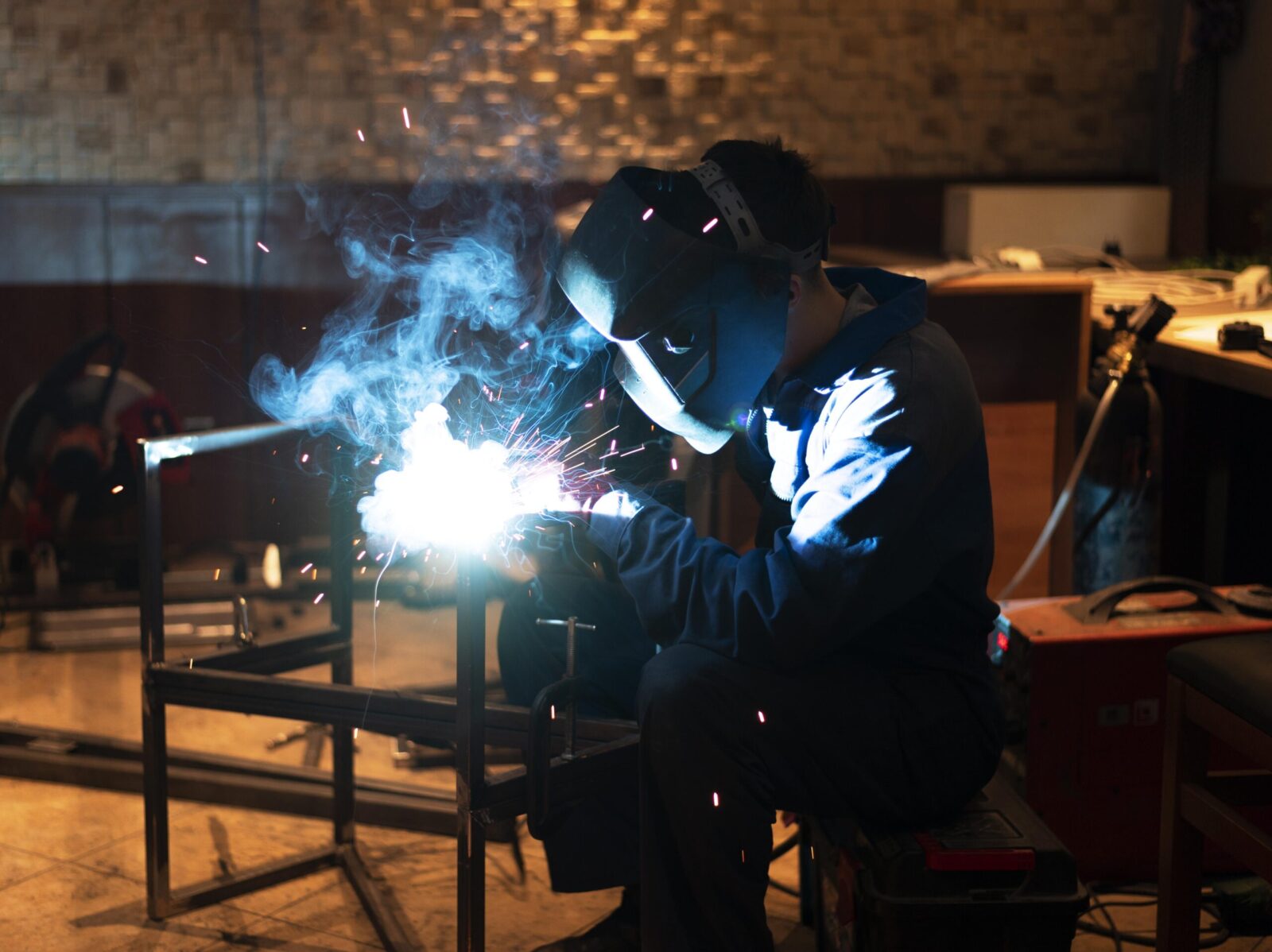
Essential PPE in the Food Industry: What You Need to Know
Overwhelmed by PPE options for food safety? Master your PPE selection for food workers safety with these practical tips.

Get 20€ off on your first order!
When working in high-risk electrical environments, ensuring your safety with the right protective clothing is essential. In this article, we’ll guide you through the key EN standards for arc flash protection, so you can choose the best gear for your needs.
By the end, you’ll have a clear understanding of what to look for in arc flash jackets, trousers, and gloves to ensure reliable protection. Plus, we’ll help you navigate your next challenge in selecting and maintaining your gear, giving you peace of mind with every step.
For a detailed guide on selecting the best arc flash jackets, refer to How To Choose The Right Arc Flash Jackets – Buyer’s Guide.
EN standards provide a framework to assess and certify the performance of protective clothing against specific challenges, including arc flashes.
These standards are essential as they ensure that protective gear is designed to meet rigorous safety requirements, providing workers with reliable protection while also ensuring compliance with European safety regulations.
They ensure that protective gear meets consistent safety and performance requirements across Europe. This consistency is crucial for ensuring worker safety in environments requiring enhanced safety measures.
The key standards for arc flash protection include EN 61482-1-1 and EN 61482-1-2, which cover the garment’s ability to shield wearers from thermal challenges associated with arc flashes.
These standards ensure that Arc Rated jackets meet the specific requirements needed to work safely in electrical environments.
For example, an industrial electrician working in a plant with high-voltage equipment might rely on an EN 61482-1-1 certified jacket to confidently perform maintenance tasks while being protected from potential arc flashes. For example, garments certified under EN 61482-1-1 can offer reliable protection in industrial settings where high-energy arcs may occur.
Learn more about EN Standards from this guide in Wikipedia.
Understanding these standards ensures that your protective clothing meets the specific needs of your job environment. Choosing certified products guarantees:
For a practical selection of Arc Flash jackets and related products, explore Droppe’s arc flash clothing range.
The table below summarizes the key EN standards relevant to arc flash protection, providing a quick reference for selecting appropriate garments:
The table below summarizes key EN standards for arc flash clothing. Use it as a quick reference to understand the test types, protection focus, and common garments associated with each standard:
| Standard | Test Type | Protection Focus | Typical Garments |
| EN 61482-1-1 | Open Arc Test | Evaluates ATPV to withstand high-energy arc flashes | Jackets, Trousers |
| EN 61482-1-2 | Box Test | Measures garment response in confined arc scenarios | Coveralls, Gloves |
| EN ISO 11612 | Heat and Flame Test | Assesses resistance to convective and radiant heat | T-Shirts, Coveralls |
| EN 1149-5 | Antistatic Properties | Tests resistance to electrostatic discharges | Gloves, Shirts |
When shopping for protective gear, ensure it complies with these standards to meet your specific needs.
When selecting Arc Flash jackets, trousers, or gloves, consider the following:
For help choosing specific gear, see How To Choose The Right Arc Flash Jackets – Buyer’s Guide.
Complement your arc flash jacket with other protective gear. Each item contributes to comprehensive protection in challenging work environments:
For detailed buying guides, explore:
To ensure ongoing safety and compliance:
A reliable Arc Flash jacket allows you to confidently tackle electrical tasks while adhering to European safety standards.
We hope this guide has provided valuable insights into selecting the right arc flash protection gear, from understanding key EN standards to choosing the best jackets, trousers, and gloves. Whether you’re working in electrical environments or ensuring safety during high-risk tasks, we’re here to support your needs.
Explore the full range of Arc Flash Clothing on Droppe, where trusted brands and top-quality products are just a click away.
For more articles on related products, visit:
Have questions or need advice on selecting the right gear? Don’t hesitate to reach out—we’re always here to ensure your safety and confidence with every purchase.
– The Droppe Team
EN 61482-1-1 focuses on open arc tests, while EN 61482-1-2 evaluates protection in confined arc scenarios.
Look for certification labels that display relevant EN standard markings on the garment.
Yes, but make sure your base layers are flame-resistant and suitable for layering with Arc Flash gear.
Replace gear if it shows signs of damage, wear, or after a significant incident.
Yes, gloves should comply with EN standards such as EN 60903 for electrical protection and EN 61482-1-2 for arc flash protection.
Thank you! You've signed up for our newsletter.



















Overwhelmed by PPE options for food safety? Master your PPE selection for food workers safety with these practical tips.

Struggling to maintain clear vision in demanding environments? This guide is here to help. By the end, you’ll know exactly...

Electricians across Europe face unique challenges that require reliable safety glasses to ensure both protection and efficiency. Whether safeguarding against...

Overwhelmed by PPE options for food safety? Master your PPE selection for food workers safety with these practical tips.

Struggling to maintain clear vision in demanding environments? This guide is here to help. By the end, you’ll know exactly...

Electricians across Europe face unique challenges that require reliable safety glasses to ensure both protection and efficiency. Whether safeguarding against...
Get 20€ off on your first order!
Save 30% by buying directly from brands, and get an extra 10€ off orders over €100
Save 30% by buying directly form brands, and get an extra 10€ off orders over €100